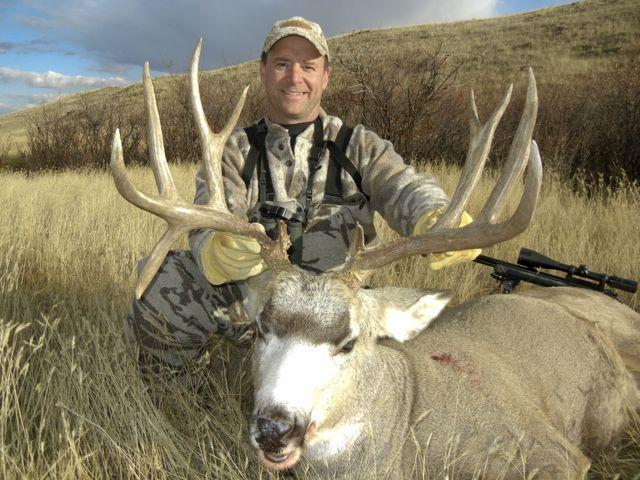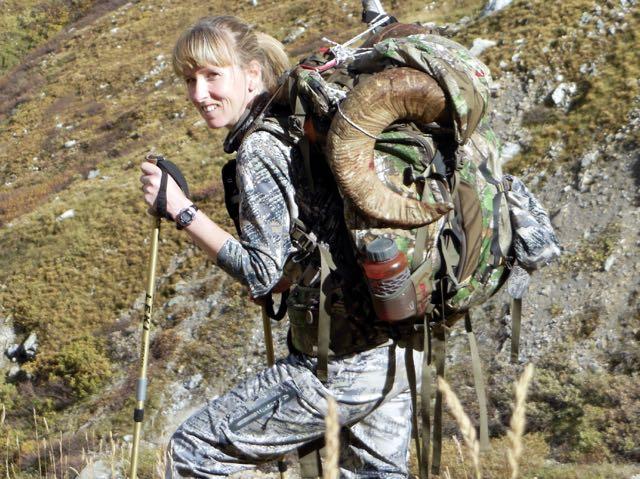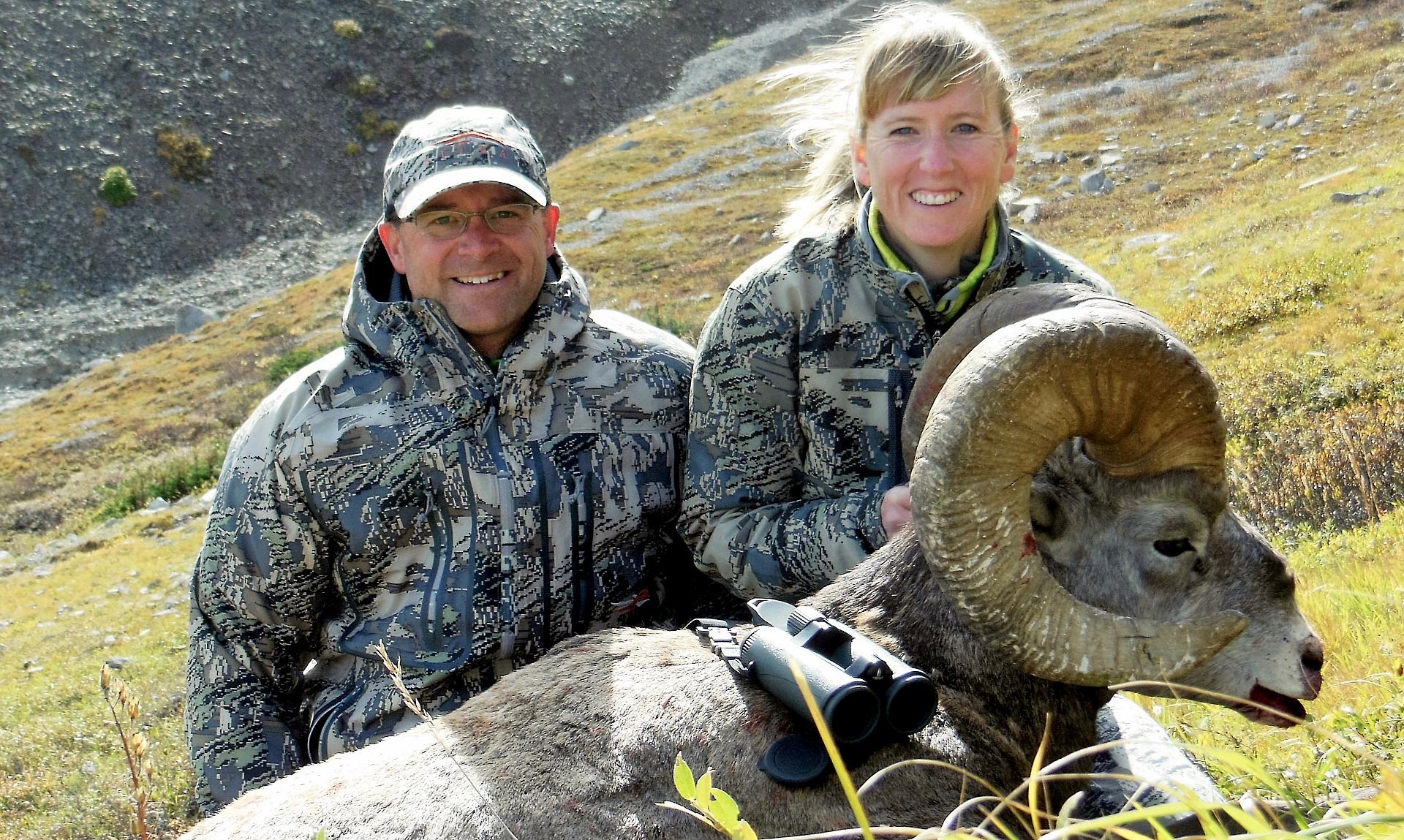Advertisement
Packing out downed game under your own steam is always possible with a little planning and the proper gear.

Big-game hunting presents plenty of challenges, not the least of which involves hauling out downed game. It’s typically not an issue if you’re hunting along forestry or oil and gas roads or cutlines, which ATVs, side-by-sides and 4×4 trucks can readily travel along. But in places that motorized vehicles can’t reach, including public lands where they’re strictly prohibited, what’s a big-game hunter to do? And let’s face it, wildlife live in hard-to-access wild places.
Advertisement
My own hunting adventures often take me into remote places and designated special areas where vehicles are either unusable or prohibited. More than a few times, I’ve passed on amazing shot opportunities simply because I was so far into the backcountry to get the animal out, even if I were able to use an ATV. Vast old-growth forests characteristically feature plenty of blow downs, thickly wooded areas, wetlands and more that can stop a vehicle in its tracks. Add variable topography to the equation and, well, you’ve got an environment that creates all kinds of difficulties for hunters.
Then there’s the sheer size of the downed game itself—a 400-kilogram moose or even a 60-kilogram pronghorn antelope can be tough or impossible to move on your own. Even if you’re smart and bring along a friend or two to help, you still need to get inventive in your methods for retrieving game, and that’s where backpacks, game carts and sleds can help you get the job done.
Backpacks

I hunt wild sheep in seriously remote, mountainous terrain. When we get a ram and we don’t have horses, the only option is to bone out the meat, pack it in game bags, fill up our backpacks and begin the hard hike home. Deboned, a ram weighs roughly 60 to 70 kilograms, and one of the things you learn quickly is that meat carries low in a pack, unlike rigid items that can be packed evenly from top to bottom. This can make the hike out that more arduous, so you want to make sure your pack is as comfortable as possible.
Advertisement
I like Kuiu, Stone Glacier, Badlands and Mystery Ranch packs because of the strength of their internal frames, durability and designs. Traditional external pack frames can be practical in some instances—Badlands makes one called the Ox that is very well designed and practical—but I still tend to favour the internal frame packs.
When hauling out meat on your back, your goal should be to minimize the load and maximize efficiency, without spoiling or wasting any of the meat. To do this, quickly skin one half of the animal and carefully bone out all edible meat, quarter by quarter. Load the meat into game bags and your backpack for transport, then roll over the carcass and repeat the process on the other half. If you’re a sheep hunter, you’re likely already acquainted with this process, but if you’ve never done it before, you’d be amazed at how simple it is.
In most cases, it’s best to use proper game bags to ensure the meat doesn’t spoil. Thanks to grizzly bears and other predatory wildlife, however, I’ve also started using clear plastic game bags. This lets me seal up the meat to help diminish the smell. Hiking through bear country with bloody meat on your back makes you an easy target, so anything you can do to suppress the smell can help avoid a bad encounter.
Of course, packing out meat on your back involves plenty of sweat and sore muscles. And whether you’re hauling a mule deer out of a deep coulee or carrying a mountain goat down out of the high country, it’s a psychological game. On every occasion I’ve packed out game, I’ve had to remind myself to simply put one foot in front of the other. Every step I take is another step closer to home.

